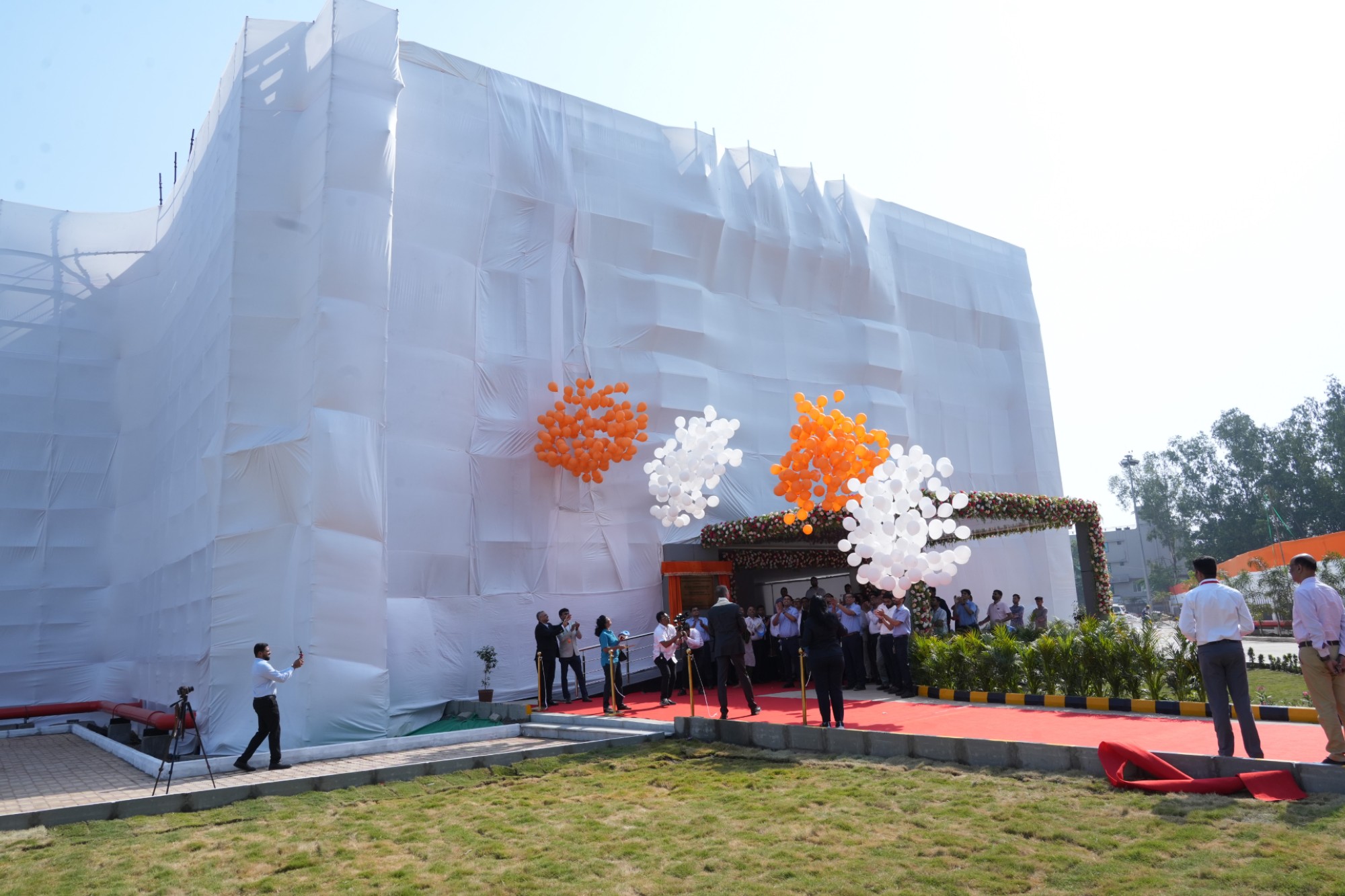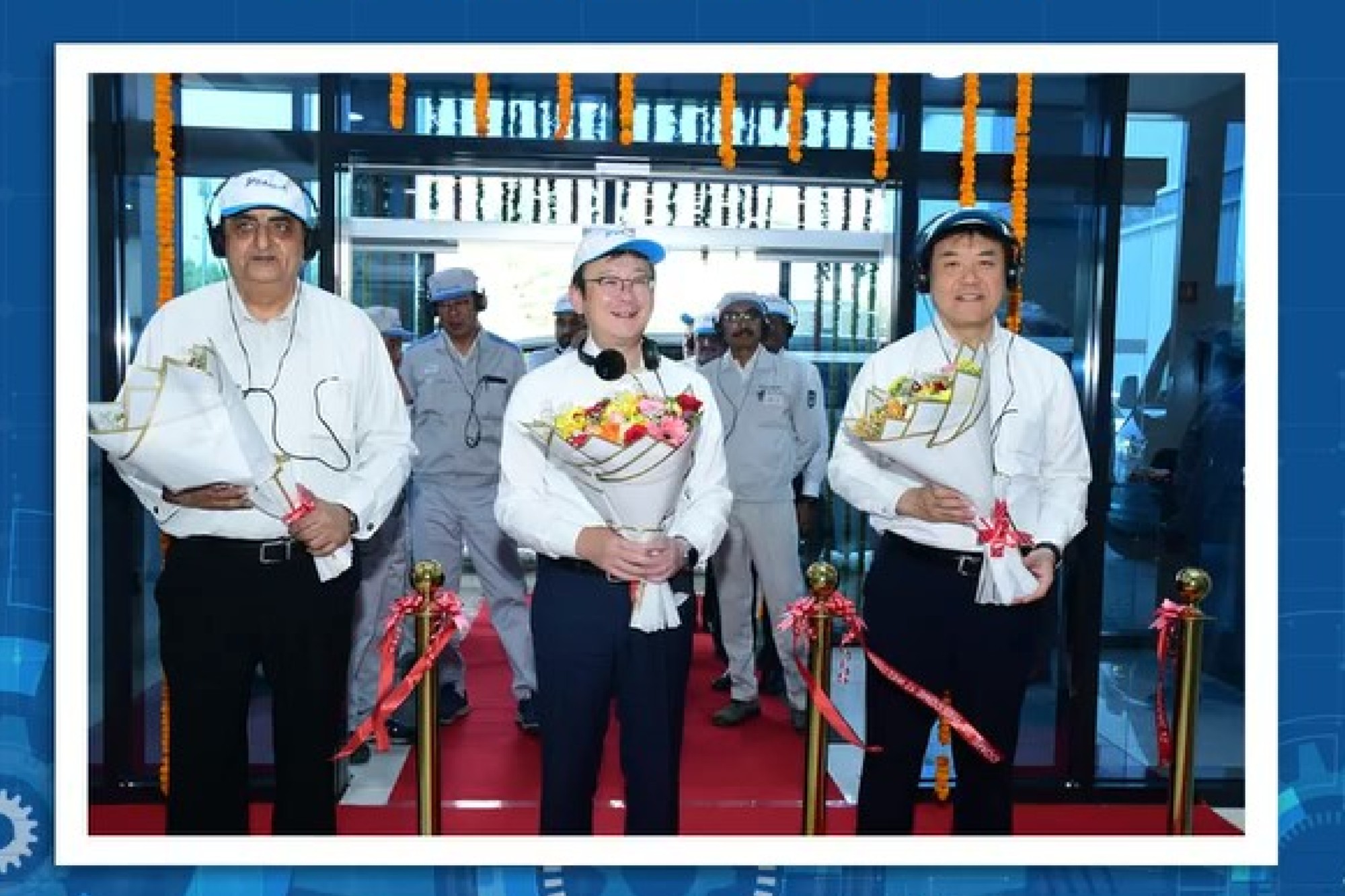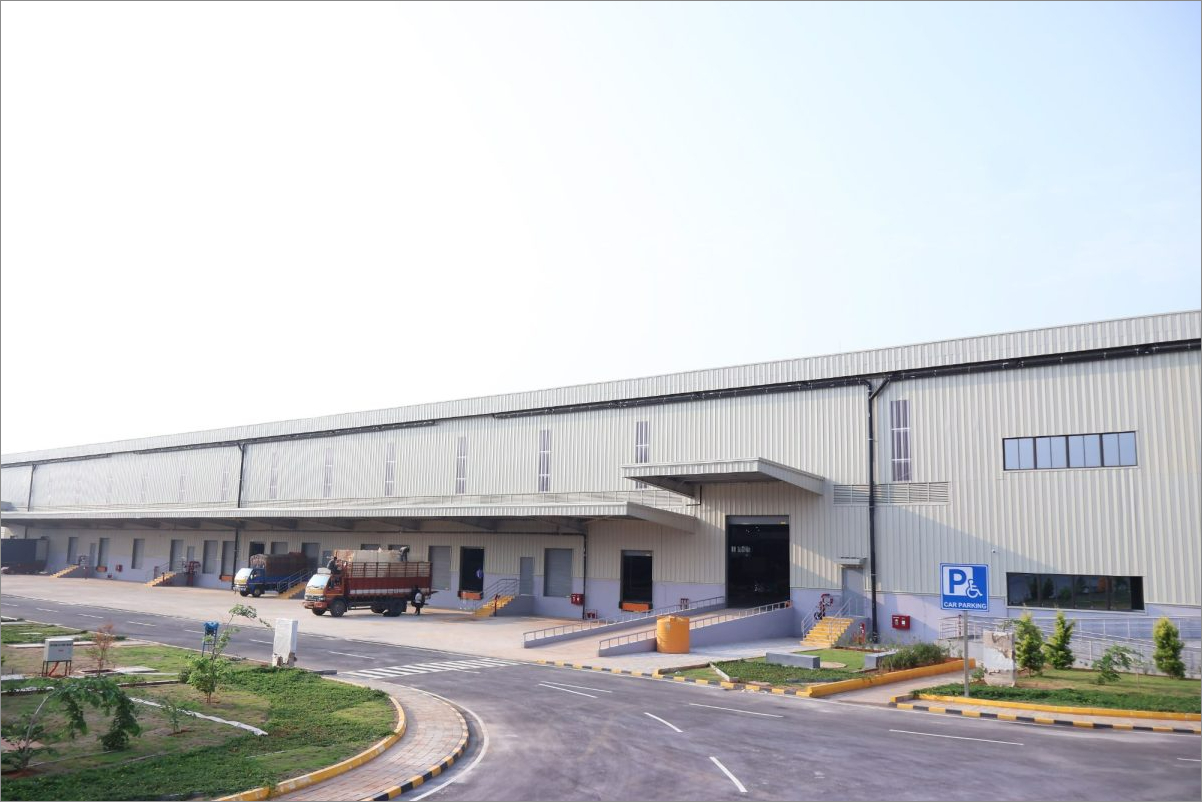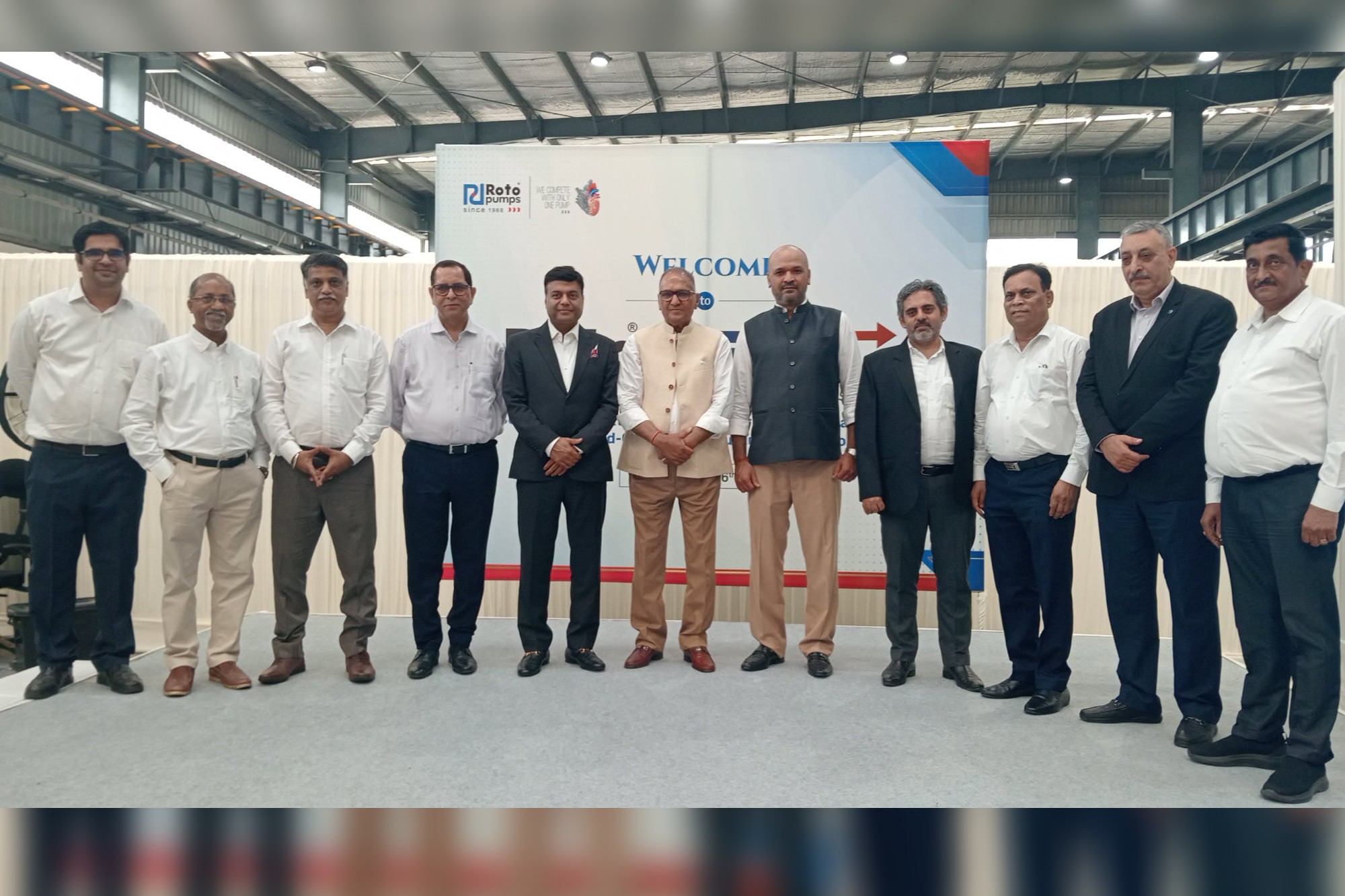Electronics production sees five-fold and export six-fold growth in the last decade
By Staff Report April 18, 2025 3:24 pm IST
India’s Smartphone Exports Cross ₹2 Lakh Crore Milestone; iPhone Alone Contributes ₹1.5 Lakh Crore for the FY 24-25 and Samsung likely surpassed the ₹25,000 crore production target set by PLI scheme.
Electonics sector has impressive growth trajectory. In the last financial year, smartphone exports surpassed ₹2 lakh crore, with iPhone exports alone accounting for approximately ₹1.5 lakh crore. Over the past decade, electronics production has grown five-fold and exports have grown more than six-fold, with export CAGR exceeding 20% and production CAGR over 17%. ET reported that Samsung is likely to get the prize money of ₹1,000-1,200 crore for completing the target production worth ₹25,000-30,000 crore under PLI scheme. Samsung manufactured more than 45 million handsets in the tenure, each phone worth more than ₹15,000, to be eligible for the incentives. The filing for the grants in under way by Samsung. The incentives will prove to be a huge boost for the “Make in India” and encourage global players to focus on Indian electronic manufacturing, brining in more investments.
Within a short time, the electronics manufacturing ecosystem—comprising component manufacturers and a diverse range of players—has developed substantially. Today, there are more than 400 production units, both big and small, manufacturing a variety of components.
Reflecting global industry trends, the India’s journey in electronics manufacturing has evolved through distinct phases: beginning with finished goods, progressing to sub-assemblies, and now entering the critical phase of deep component manufacturing. The sector is steadily advancing into this third phase, which marks a significant leap in value addition, self-reliance, and ecosystem depth.
The Ministry of Electronics and Information Technology(MeitY) also recently notified the Electronics Components Manufacturing Scheme for positioning India as a global hub for electronics manufacturing. The Scheme is in continuation of the recent Cabinet decision.
Focus on horizontal expansion and component manufacturing
Outlining the structure of the scheme, it is designed as a horizontal initiative with benefits spanning multiple sectors such as consumer electronics, medical devices, automobiles, power electronics, and electrical grids, thereby creating a strong multiplier effect across the economy.
The scheme focuses particularly on passive electronic components, which will be supported under the new initiative. In contrast, active components fall under the purview of the India Semiconductor Mission (ISM). The indicative list of passive components includes resistors, capacitors, connectors, inductors, speakers, relays, switches, oscillators, sensors, films, lenses, and many more—underscoring the depth and breadth of the scheme.Support for capital equipment and tooling industry
Recognizing the importance of precision tools and capital goods in manufacturing, Shri Vaishnaw announced that the scheme will also support the design and manufacturing of capital equipment used in electronics production. “Just like the Semiconductor Mission encouraged companies like Applied Materials and Lam Research to invest in India, this scheme will promote a similar model for the electronics component ecosystem,” he said. Chemical and gas majors such as Linde has already begun establishing facilities in India, and several global players are in discussions to join the ecosystem.
Tailored incentives to reflect sector needs
The electronic component manufacturing typically requires higher investment and has a longer gestation period compared to finished goods. Accordingly, the scheme will offer three incentive structures: i)Turnover-linked incentive ii) Capex-linked incentive iii)Hybrid incentive model
Cookie Consent
We use cookies to personalize your experience. By continuing to visit this website you agree to our Terms & Conditions, Privacy Policy and Cookie Policy.


















